Quartz countertops have become one of the most popular choices for homeowners looking to upgrade their kitchens and bathrooms. Unlike natural stone options like granite or marble, quartz is an engineered material made from crushed stone and resins, giving it a non-porous, durable, and low-maintenance surface. The ability to mimic natural stone while offering greater stain resistance and uniform color options makes quartz a favorite among those seeking style and functionality.
Before deciding, it’s important to weigh quartz countertops pros and cons to determine if they fit for your home. While they offer exceptional durability, a wide range of design options, and minimal upkeep, they also come with higher costs and some heat sensitivity. Understanding the benefits and potential drawbacks will help homeowners make an informed choice when selecting the best countertop material for their space.
Quartz is highly resistant to scratches, chips, and cracks, making it an excellent choice for busy kitchens and bathrooms. Its engineered structure provides superior strength compared to natural stone. The manufacturing process combines approximately 90-95% ground natural quartz with 5-10% polymer resins and pigments, creating a material that ranks 7 out of 10 on the Mohs hardness scale. This exceptional hardness means quartz can withstand the daily wear and tear of kitchen activities, including cutting, chopping, and the movement of heavy cookware, without showing signs of damage. Many homeowners report their quartz countertops remaining pristine even after a decade of regular use, outperforming most countertop materials in long-term durability tests.
Spills from coffee, wine, oil, and acidic foods won’t seep into the material, keeping the surface clean and free from permanent marks. This makes it ideal for households with kids or those who frequently cook. The non-porous surface prevents even highly pigmented substances like beet juice, turmeric, red wine, and tomato sauce from penetrating the surface. Unlike marble or granite that can develop permanent stains within minutes if not promptly cleaned, quartz provides valuable peace of mind, allowing spills to remain for hours without causing permanent damage. This stain resistance extends to household chemicals, making quartz a worry-free surface for various activities, from art projects to science experiments with children.
In contrast to granite or marble, quartzite does not need to be sealed. Cleaning is as simple as wiping with a damp cloth, and its nonporous surface prevents the accumulation of stains and bacteria. It saves time by eliminating the need for the special cleaning and annual maintenance required by natural stone countertops. A simple mixture of mild dish soap and water is needed for daily cleaning to maintain its luster. Even in cases of more stubborn residue, non-abrasive cleaners can be used without damaging the surface or compromising its integrity. The ease of maintenance makes quartz particularly appealing for busy households with limited time for intensive countertop care.
Available in marble-inspired patterns, solid colors, and textured finishes, quartz can match any style preference, from modern to classic kitchens. Manufacturers have developed sophisticated techniques to mimic the appearance of natural stones like Calacatta marble, Carrara marble, and various granites, often at a more consistent quality and lower price point. Beyond natural stone lookalikes, quartz is available in bold, solid colors that aren’t possible with natural materials, including vibrant reds, blues, and greens. Modern manufacturing allows for unique patterns, including terrazzo-inspired designs with embedded glass fragments, metallic flecks, or recycled materials. This versatility enables designers and homeowners to achieve specific aesthetic goals without compromising on performance.
A safe and sanitary option for food preparation areas, quartz’s non-porous nature prevents the growth of mold, bacteria and mildew. In fact, some manufacturers incorporate antimicrobial compounds during the manufacturing process to further enhance the material’s resistance to harmful microorganisms. Independent laboratory tests have shown that quartz surfaces host significantly fewer bacteria than natural stone countertops after identical food preparation activity. This is especially important when handling raw meats, fowl and shellfish. The material’s hygienic properties have made it increasingly popular in residential and commercial kitchens where health codes are essential.
Quartz provides a consistent appearance throughout the slab, ensuring a seamless, polished finish, unlike natural stone, which can have unpredictable veining and variations. This consistency gives homeowners the confidence to know that the installation is going to be right. The controlled manufacturing process ensures that what you see in the showroom is what you’ll get in your home. This predictability is particularly valuable for large kitchen projects requiring multiple slabs, as natural stone variations can make matching difficult across seams. The consistent appearance also facilitates easier replacement of small sections if ever needed due to localized damage, as new pieces can be manufactured to match the original installation.
Quartz is highly resistant to water and humidity, making it an excellent choice for kitchens, bathrooms, laundry rooms, and wet bars. Its non-porous composition prevents water absorption, eliminating concerns about warping, swelling, or internal moisture damage that can affect other countertop materials like wood or laminate. This resistance to moisture penetration also prevents mold or mildew development within the material itself, contributing to a healthier indoor environment. In high-humidity environments like bathrooms with showers or coastal homes, quartz maintains its integrity, while other materials may deteriorate over time. The material’s impermeability also makes it ideal for installation around sinks where water exposure is constant and inevitable.
The engineered structure of quartz makes it less likely to chip or crack from accidental impacts, adding to its long-term durability and reliability. The resin binding agents provide flexibility that natural stone lacks, allowing quartz to absorb impacts that might shatter granite or marble. This resilience is particularly valuable in high-traffic kitchens where heavy pots and pans might be dropped, or children bump items against the counter edges. Laboratory impact tests demonstrate that quartz can withstand significantly more force than most natural stones before showing damage. The material’s impact resistance also extends to edge details, with quartz maintaining crisp edge profiles long after installation, even in areas with frequent contact, like around the sink or near seating areas.
Compared to more budget-friendly alternatives such as laminate, tile or even some natural stones, quartz countertops represent a significant investment. Premium quartz typically ranges from $60-$100+ per square foot installed. This places it firmly in the high-end countertop category. The sophisticated manufacturing process, high-quality raw materials, and skilled labor required for fabrication and installation are reflected in this price point. For homeowners on tight remodeling budgets, the initial cost may be prohibitive, although long-term durability may justify the expense over time. In addition, costs can rise even higher, sometimes exceeding the price of luxury natural stones such as granite or marble, due to designer colors and patterns, special edge treatments, and complex installations with cutouts for undermount sinks or cooktops.
Despite its durability in most aspects, quartz is notably vulnerable to high temperatures. The resin binders that give quartz its strength and flexibility deteriorate when exposed to temperatures above 150°F (65°C). Direct contact with hot cookware straight from the oven or stovetop can cause permanent discoloration, scorching, or even cracking in severe cases. This limitation requires consistent use of trivets and hot pads, creating an ongoing inconvenience for busy cooks. The heat sensitivity also makes quartz unsuitable for outdoor kitchen applications in most climates, as prolonged sun exposure can cause discoloration and structural issues over time. Homeowners accustomed to placing hot items directly on granite countertops often need to adjust their habits when switching to quartz.
For environmentally conscious consumers or those seeking authentic natural materials, quartz’s engineered nature can be a disadvantage. Composed of approximately 90-95% crushed quartz bound with polymer resins and pigments, it cannot claim the one-of-a-kind geological uniqueness that natural stone provides. The manufacturing process involves chemical resins, typically polyester or acrylic, which are petroleum-based products with their own environmental footprint. This engineered composition also means quartz lacks the depth, dimensional variation, and subtle crystalline sparkle that makes natural stones like granite visually captivating under different lighting conditions. For purists who value the authenticity and provenance of natural materials formed over millions of years, the manufactured uniformity of quartz may feel less prestigious or special regardless of its practical benefits.
Quartz countertops are exceptionally dense and heavy, typically weighing between 20-25 pounds per square foot. This substantial weight necessitates professional installation with specialized equipment and adequate personnel, eliminating any DIY installation possibilities. Before installation, existing cabinetry must be evaluated to ensure it can support this considerable weight, particularly for kitchen islands or long spans. In older homes or renovations, additional structural reinforcement may be required, adding unexpected costs and complexity to what seemed like a straightforward countertop replacement. The material’s weight also makes it challenging to transport and maneuver during installation, occasionally resulting in access issues in homes with narrow doorways, tight corners, or upper-floor installations where weight restrictions may apply.
While quartz manufacturers and fabricators strive for seamless appearances, the reality is that seams are often unavoidable in larger installations. Quartz slabs typically max out at around 120″ × 55″ (305cm × 140cm), meaning that L-shaped counters, large islands, or expansive kitchens will require multiple pieces joined together. Though minimized through precise cutting and color-matched adhesives, these seams remain visible, particularly in solid-colored or light-colored quartz where the line interrupts the surface continuity. Dark-colored quartz typically hides seams better, but the location and visibility of seams can be disappointing for homeowners expecting a perfectly continuous surface. While color-matched, the epoxy used to join sections may reflect light differently than the surrounding material, further highlighting the junction, especially under direct or pendant lighting common in many kitchens.
When considering kitchen or bathroom surfaces, understanding the pros and cons of quartz countertops is essential for making an informed decision. Quartz offers remarkable durability, exceptional stain resistance, and virtually maintenance-free care that makes it an attractive option for busy households. Its non-porous nature creates a hygienic surface ideal for food preparation. At the same time, the wide range of consistent colors and patterns allows for design flexibility that few other materials can match.
However, what are the pros and cons of quartz countertops when considering the complete picture? While the benefits are substantial, potential buyers should also consider the higher price point compared to some alternatives, sensitivity to extreme heat, and the possibility of visible seams in larger installations. The engineered nature of quartz may also be a drawback for those specifically seeking natural materials.
For most homeowners, the balance tilts favorably toward quartz, particularly when factoring in its long-term performance and value retention. Quartz’s practical advantages often outweigh its limitations, making it a sound investment for kitchens and bathrooms that see daily use. When properly cared for, quartz countertops deliver beauty and functionality that can enhance your home for decades.


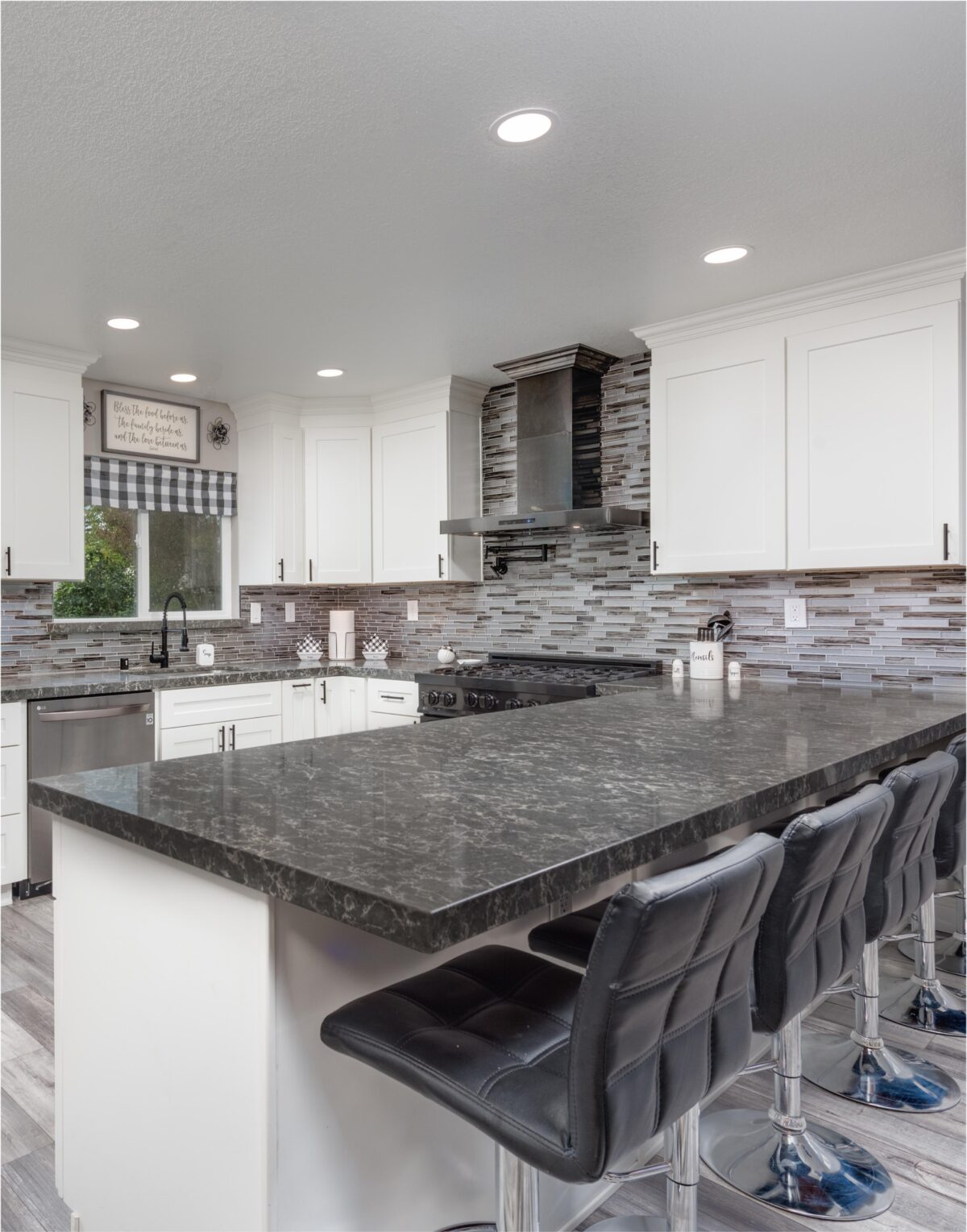

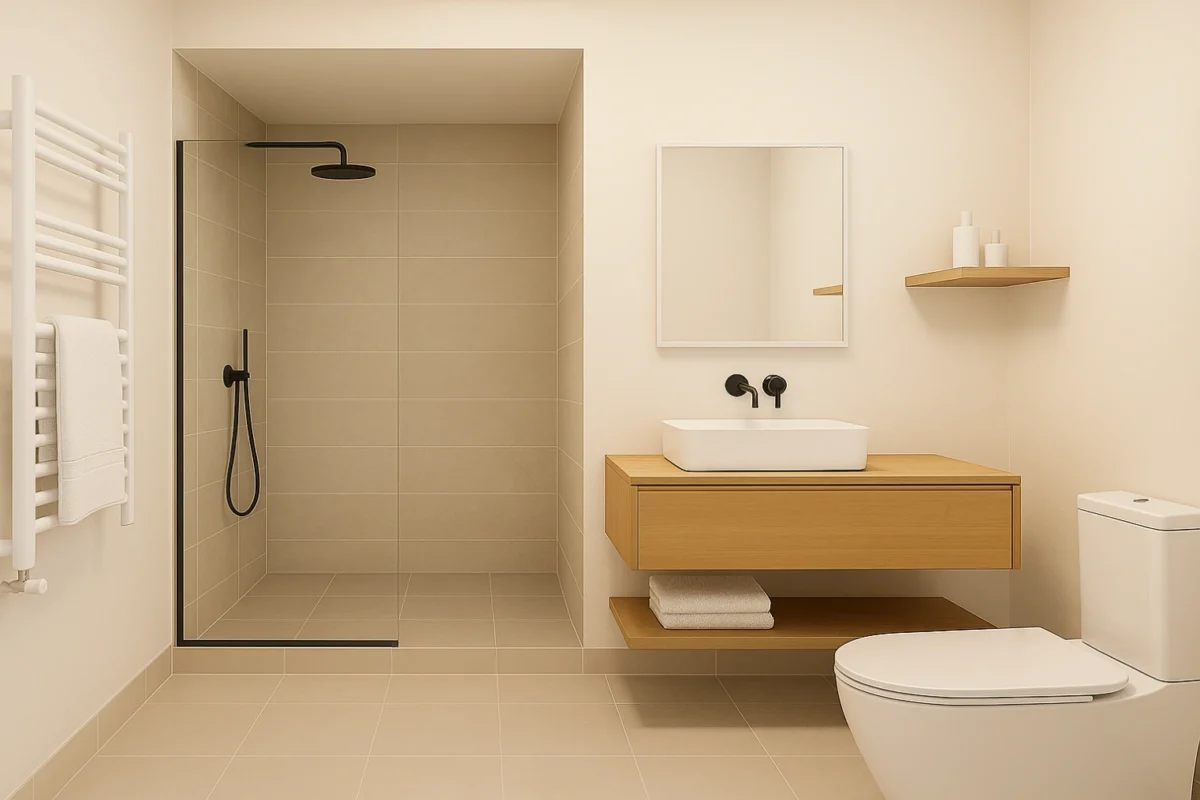

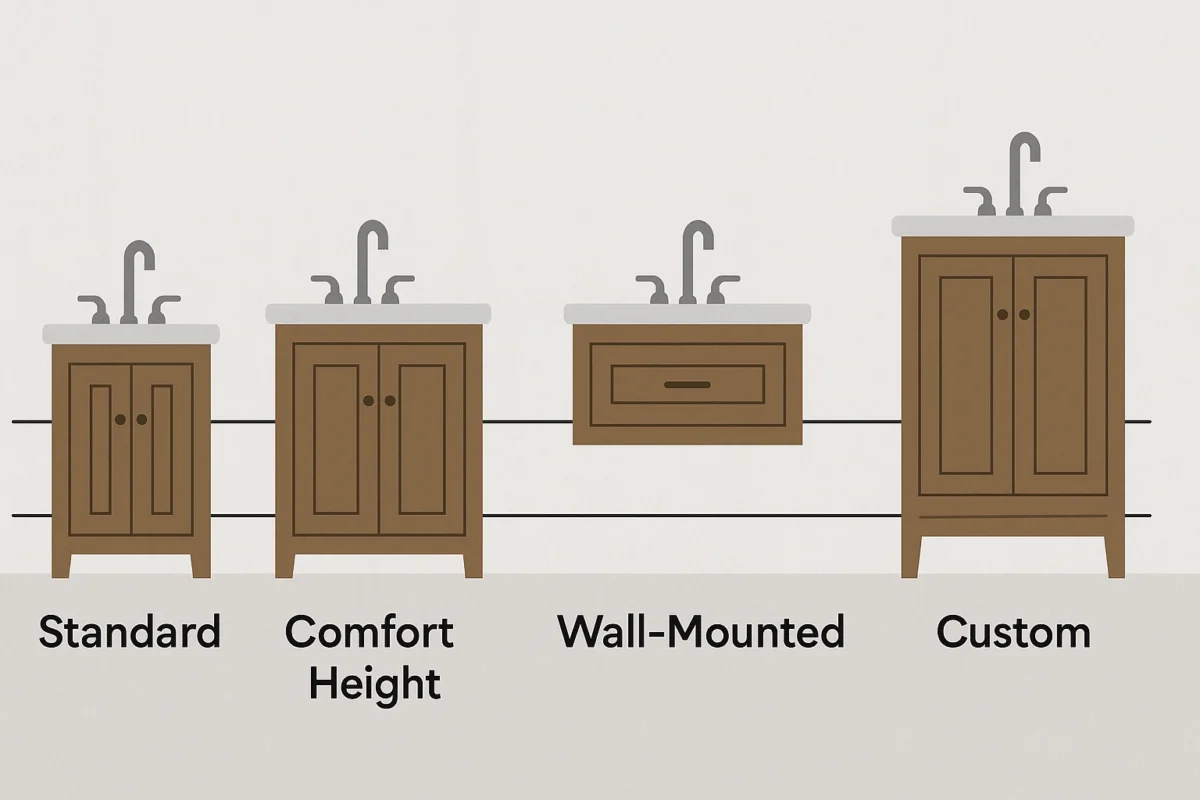
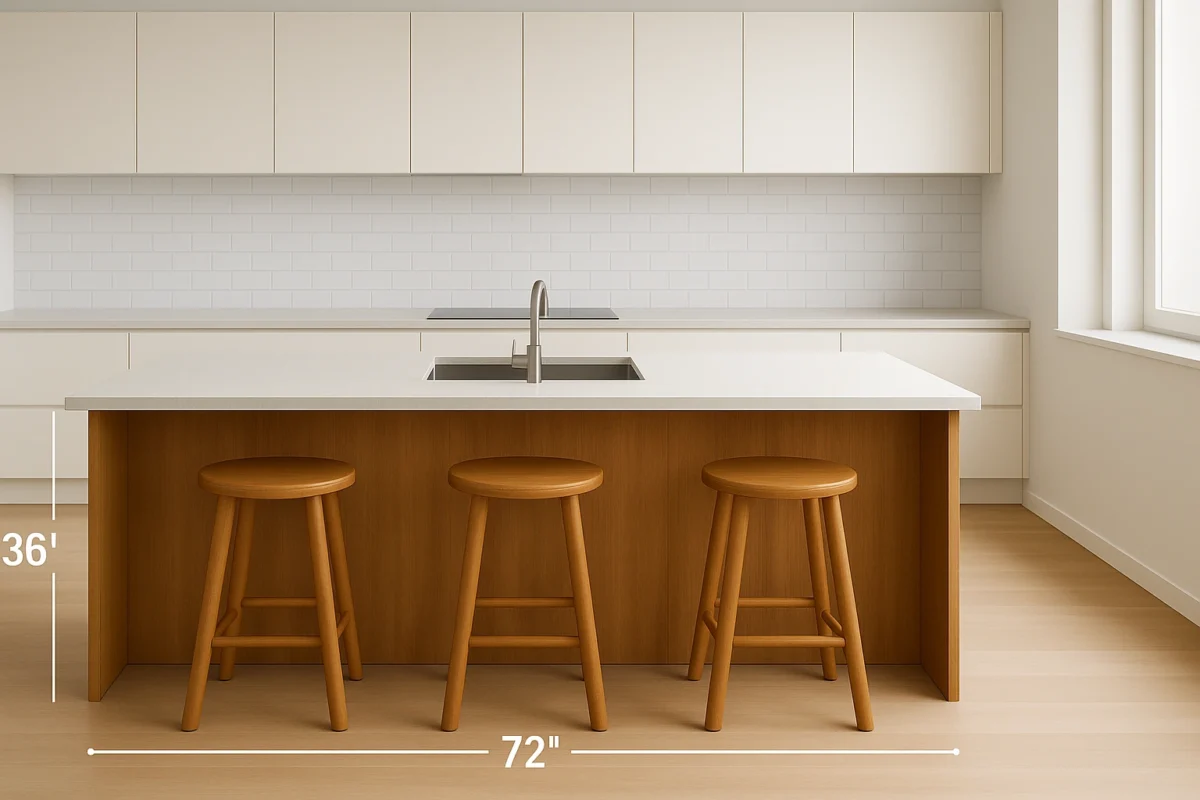







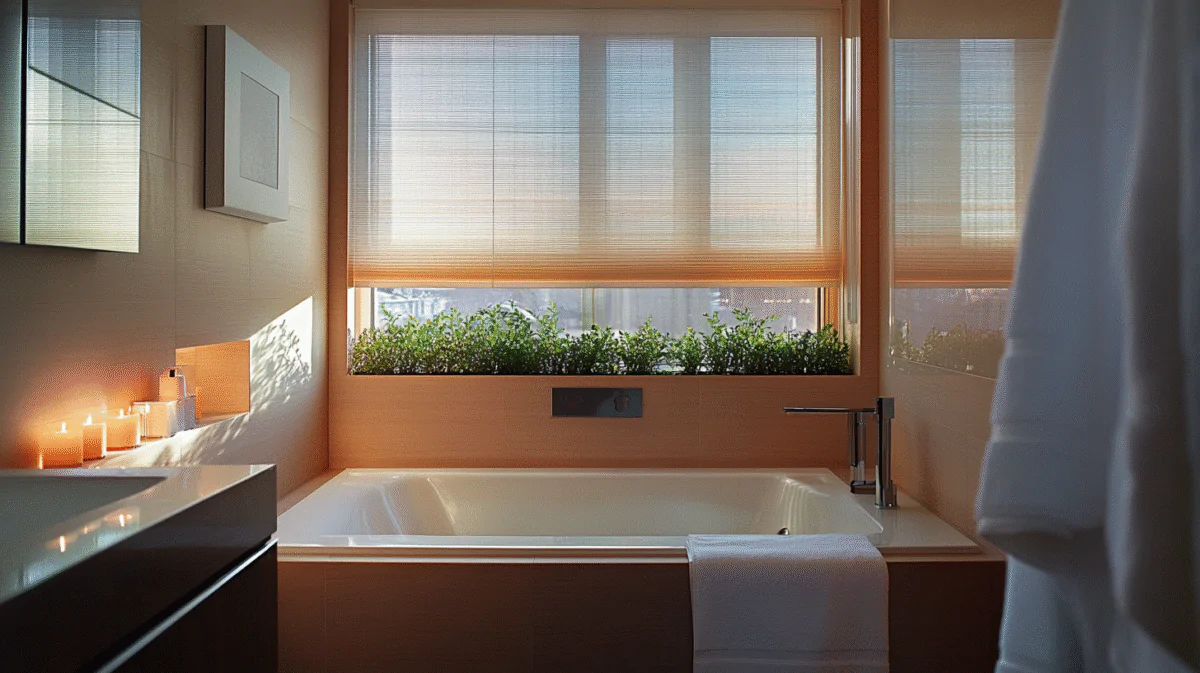
JC Construction & Remodeling is more than just a construction company; we are your dedicated partners in transforming your vision into reality. With over a decade of industry experience, our locally owned and operated business has honed its craft, delivering exceptional home improvement solutions to our valued clients. Integrity and honesty are the cornerstones of our approach, guiding every interaction and decision we make. We understand that each project is unique.
Whether you’re looking to renovate your entire home or simply need a few repairs, our team is equipped with the expertise and resources to exceed your expectations. At JC Construction & Remodeling, quality is not just a goal; it’s a standard we uphold in every aspect of our work. Specializing in general home improvement and remodeling, we take immense pride in the craftsmanship and attention to detail that defines our projects.






